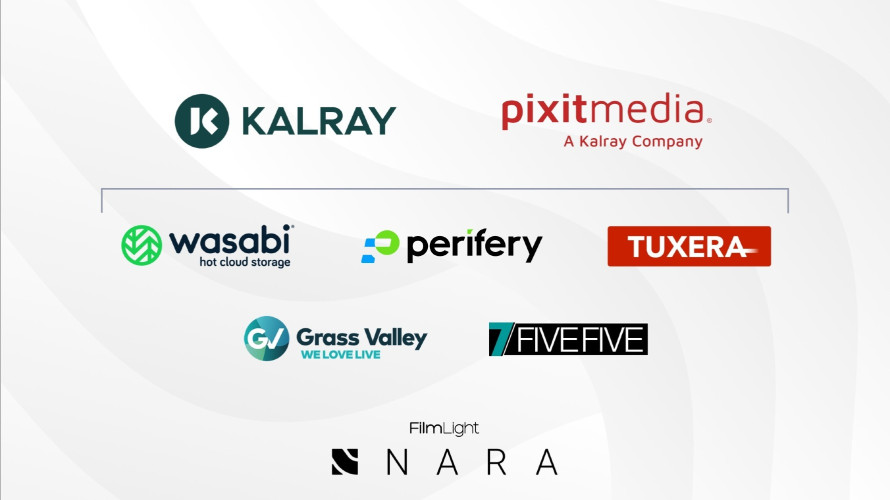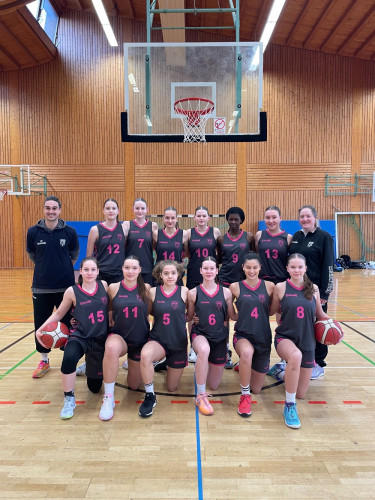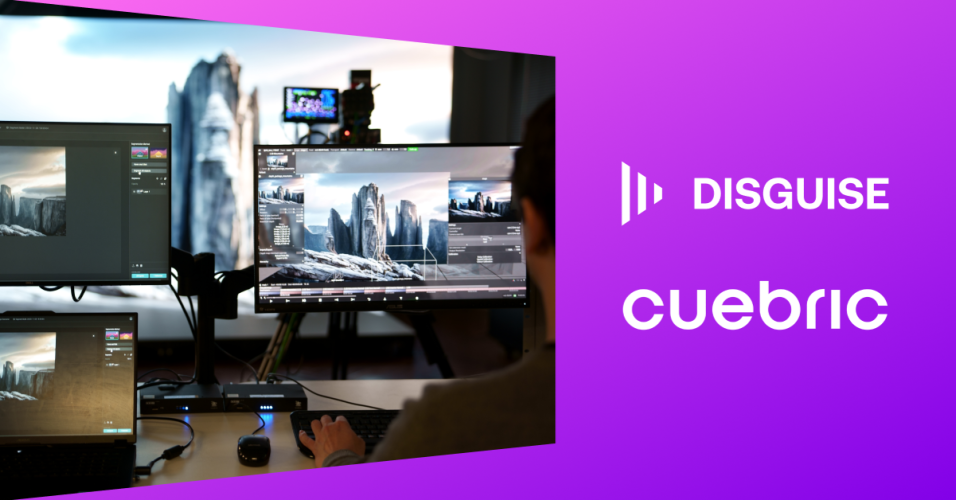I am writing this in the middle of a record-breaking heatwave in southern England. Yet it is time to be thinking about the mists and mellow fruitfulness of autumn, or at least the predictably damp and chilly Amsterdam when IBC hits town.
What will be the hot talking points of IBC this year? I am not in a position to talk about what the big vendors will be showing: I have so far received just the one preview press release (take a bow, Calrec).
So rather than another list of software upgrades, I can talk a bit about what I think might be where the real action is. To do this, I am referring to reliable sources, not least the list of finalists for this year’s IBC Innovation Awards and the outline programme for the IBC Conference.
First: artificial intelligence, or machine learning, is going to be big. Real applications are starting to grow.
Faithful readers will know that in the last issue of this splendid magazine I drew attention to the fact that Sky News was going to use artificial intelligence to spot and name guests at the then forthcoming royal wedding. You can see the result at https://news.sky.com/whoswho. In truth it is not that exciting: clearly it failed to identify many more than those it did know. But to be honest it was still more informative than the BBC’s live commentary.
It relied on the image recognition capabilities of the IBM Watson platform. IBM has now strengthened its long-standing deal with the tennis at Wimbledon this year, and it is rolling out its Watson capabilities. In advance it has created the mosaic poster for this year’s championships by analysing 300,000 archive photographs to identify the 9000 images required to “paint” the classic Wimbledon shot across the outside courts to the club house.
During the championship itself, though, IBM as Wimbledon’s “digital partner” is pitting its artificial brain against the established might of television post production. It plans to use image analysis, such as the emotions of the players, to identify highlights and thus create packages much more quickly.
The system “auto-creates highlights based on analysis of crowd noise, players’ movements and match data to help simplify the highlight production process”. They have set a 15 minute reduction in turnaround as the goal. At this stage it is not clear if Andy Murray will be playing, but it will take a massive analysis engine – human or silicon – to catch any hint of a smile from him.
A quick look through the IBC conference programme already shows much of interest. Amazon is presenting a keynote on the Thursday, for instance, on how to make the most of Alexa. Voice control, like podcasting, suddenly seems to have come to the fore. Content discovery is going to be critical as streaming gradually takes over from broadcasting, and being confident that Alexa will promote your programmes is going to be really important.
Most of a day is devoted to 5G, the wonder solution to high capacity, low latency broadband anywhere. The sessions include a couple of case studies, but tellingly the last session is subtitled “Are we nearly there yet?”.
The answer would seem to depend on your definition of “nearly”. Research company Statista, for instance, suggested there might be 100 million 5G connections in 2021, rising to 1.1 billion by 2025. CCS Insight is a bit more bullish, predicting 2.6 billion by 2025. Either way, up around two billion connections by 2025 is a lot.
Will all these be personal devices, streaming content? Or will at least some be internet of things connections, ensuring very low latency delivery of data? How will the media industry adapt to ubiquitous internet of things connectivity?
Interestingly, CCS sees China as the key market driver for 5G. I think China will be another trend at IBC this year, with a big increase in consumer choice sucking in huge amounts of production capabilities.
The industry in China is equally vast, and local companies are delivering world-class solutions. One of the shortlisted finalists in the IBC Innovation Awards is Chinese national broadcaster CCTV, which worked with local systems integrator Sobey to create a complete, IP-connected, 4k remote production system for coverage of the Winter Olympics. It is a very impressive architecture which delivers everything you need for the modern, high output, high engagement sports experience, all in Ultra HD.
There are 10 shortlisted finalists in this year’s Innovation Awards (five of them related to sport, perhaps inevitably), and of course I wish them all well: a mention here has no impact on their chances of an award on the night. But I do want to talk about one more, which again I see as a potential trend.
Medialaan in Belgium sought to offer its subscribers a simple but very attractive service. If you come across a programme which has already started but you want to watch, you click on a button and jump back to the beginning of the programme. This is not unique, of course.
What makes Medialaan interesting is that they felt their subscribers would like to feel they are catching up, and eventually are back to watching live along with the rest of the audience. This is likely to reduce bandwidth as well as make the audience happy, so it is a win-win.
The way they are doing this is to shorten the commercial breaks, which seems on the face of it business suicide. But, using dynamic ad insertion from Yospace, they are providing targeted commercials appropriate to the viewer: just fewer of them in each break, avoiding repetition and keeping the viewer engaged.
The advertising industry, as it relates to television, has been very slow indeed to change. But it has to, because people really will no longer tolerate long commercial breaks in programmes with the same spots in them, time after time. There are only so many times you can put the kettle on/open another bottle of wine/find the remote to see if there is something less irritating on another channel. Innovative small businesses like Yospace are pitching alongside behemoths like Imagine and AWS Elemental in this market. It would be good to get broadcast advertising people understanding what technology can do to help them realign their businesses to build a secure platform for the future.
And talking of secure platforms, my final tip from a IBC2018 talking point is blockchain. Surely, you cry, blockchain is just about crypto-currencies like Bitcoin that normal people do not understand? Well, not exactly. The underlying idea of a distributed, extremely secure database can be useful in our industry.
Groupe Media TFO in Canada, for instance, has worked with local partners to create a blockchain approach to production and distribution. Essentially all the people who need to be paid writers, actors, musicians, directors, technicians, set builders and so on, and all the people who pay for it , co-producers, distributors and international sales, Netflix and Amazon, even individuals through download to own or DVD are connected on a blockchain, each with their own unique digital contract. As money comes in, so it is distributed to those who are entitled to it, according to those digital contracts.
This is, of course, exactly what happens today (in analogue form). But any production company will tell you it is a resource-hugging nightmare during production, and even worse when the production is over yet residuals still have to be paid. Blockchain potentially eliminates vast amount of paperwork and allows producers to concentrate on creating great television. Which is what we all want to do.
For all this and more, I am looking forward to another September week in Amsterdam. See you there.







































